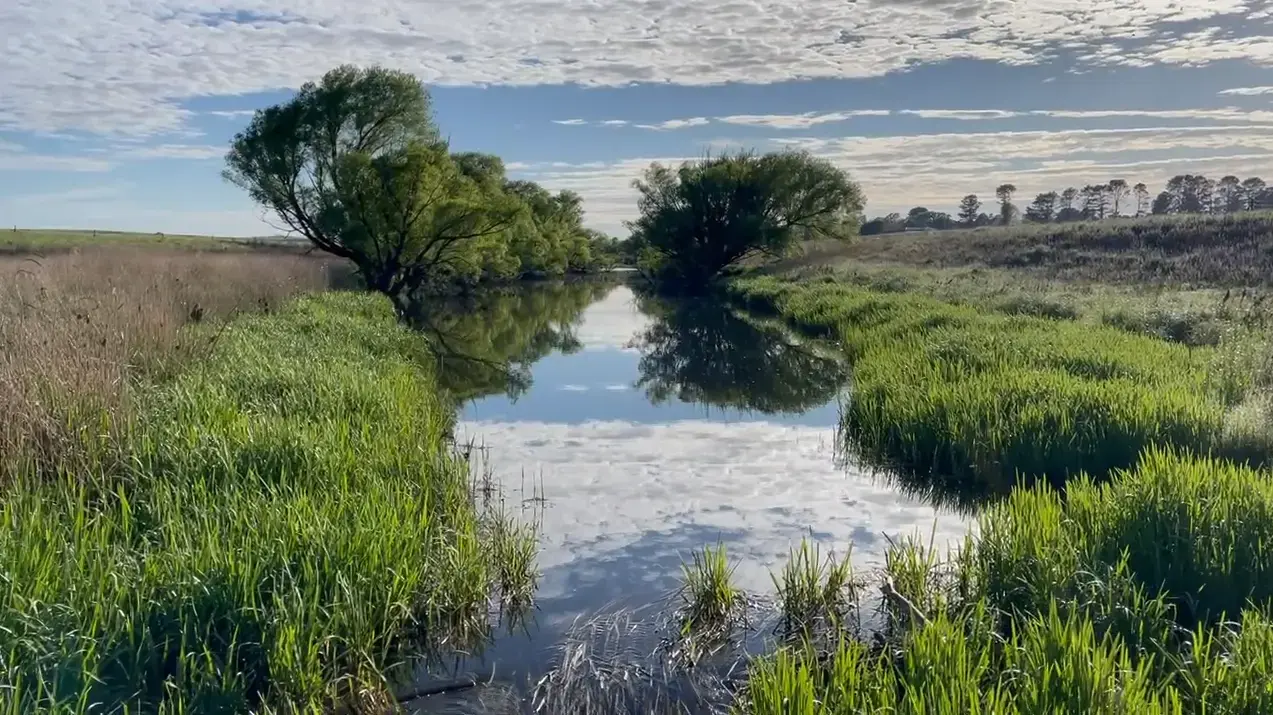Meet Charlie and Anne Maslin
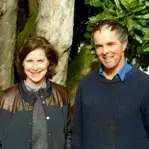
Initially inspired to perform a trial of new management practices to better manage received rainfall, Charlie and Anne Maslin ended up following their instincts – fully changing focus from their animals to the land – and they have never looked back.
GO TO:
FARM FACTS | INTRODUCTION | PROPERTY BACKGROUND | CHANGING PRACTICES | SOIL MANAGEMENT | WATER MANAGEMENT | VEGETATION MANAGEMENT | PRODUCTION | OUTCOMES
FARM FACTS
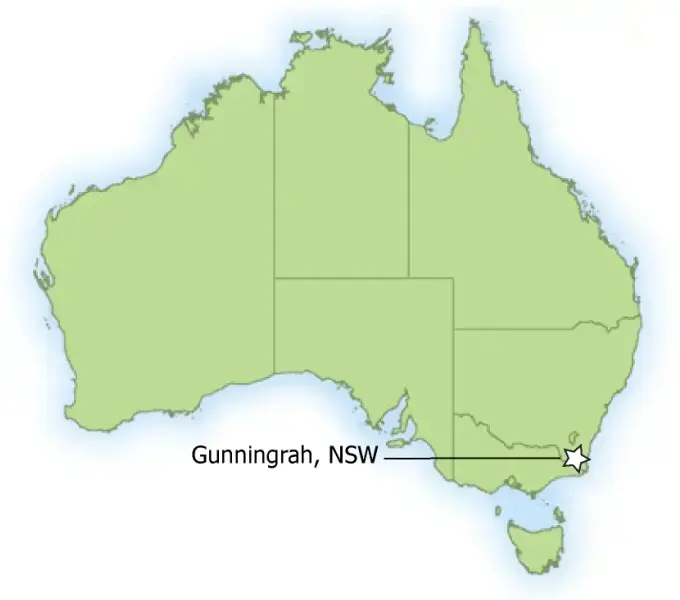
ENTERPRISE: Cattle, sheep, goats. Angus beef, sheep and goat meat production; medium wool Merinos
PROPERTY SIZE: 4200 hectares
AVERAGE ANNUAL RAINFALL: 550 mm
ELEVATION: 800-1000 m
MOTIVATION FOR CHANGE
- Ecological deterioration and dependence on rainfall for profit
INNOVATIONS
- Constructing leaky weirs across creeks and gullies
- Time-controlled rotational grazing matching stock numbers to land carrying capacity
- Introducing goats for weed control
- Innovations commenced: 1995
KEY RESULTS
- Increased profit stability – even with decreased rainfall
- Labour inputs reduced by 40%, providing increased time to pursue other activities
- Healing erosion gullies
- Greater water retention in pastures
- Flexible stock management
INTRODUCTION
Upon assuming management of Gunningrah in 1987, Charlie Maslin observed significant annual variations in rainfall and profit. Examination later revealed the significant impact of rainfall on the cost of production. Additionally, a mid-1990s comparative pasture analysis undertaken by an external agency revealed alarming outcomes in terms of actual ground cover available for stock feed.
Charlie realised that while you cannot change how much rain falls, you can change how you manage the rain you are lucky enough to receive. By changing their mindset to focus on the health of the land, the Maslins found themselves managing poorer years more effectively and not over-using resources in abundant years. Maximising the retention of available rainfall and striving for much improved ground cover has in turn delivered more consistent profits on reduced inputs. In addition, erosion is being controlled, weed invasion has reduced, stock are healthier and management is more flexible.
Charlie sums up their new approach, “Rather than us dictating to the land what stock it has to carry, we try to evaluate what the land has to offer and then attempt to stock it accordingly – and hopefully learn as we go”.
GUNNINGRAH
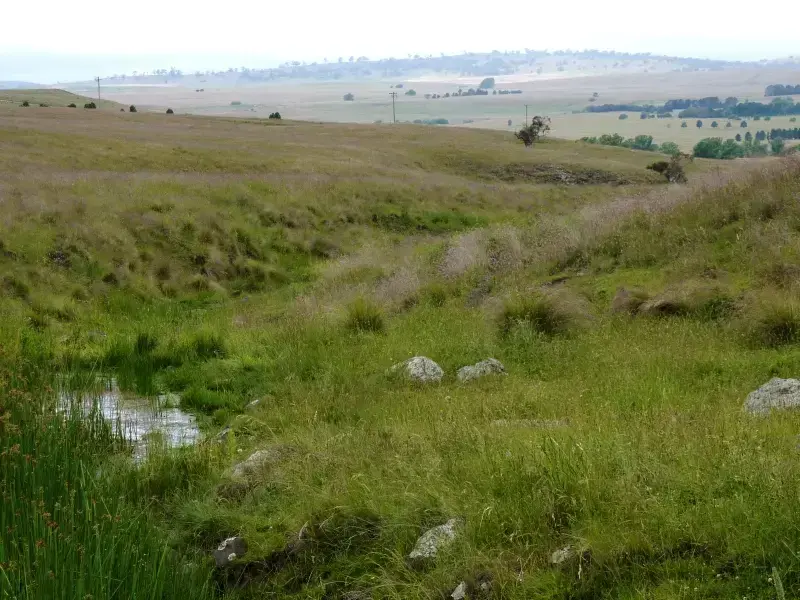
The Maslin family have managed Gunningrah for 100 years. A property of 4200 hectares, it is located at the southern end of the Monaro Tablelands of south-eastern New South Wales. Currently, 3700 hectares of the property is grazed with cattle, sheep and goats.
Native grasslands make up approximately 60% per cent of the farm area. In the other 40% per cent, which had been pasture improved, introduced species of grasses coexist with the native grasses, in some cases the introduced dominate, in others, the natives.
Approximately 20% of the property has scattered remnant to heavier tree cover, mostly on the sedimentary soils adjacent to the Meriangah Nature Reserve, located along the western boundary. Soils are approximately 75% derived from basalt, 20% sedimentary rock and 5% granite.
EMBRACING CHANGE
Measuring and documenting the important variables was essential to our change process…
After managing the property for almost a decade, Charlie realised that Gunningrah was gradually facing ecological deterioration and profitability was becoming increasingly variable. Two main factors provided the initial impetus for change.
Firstly, a Meat and Livestock Australia trial conducted on the property in the mid 1990s revealed some alarming results. Whilst the property appeared to have sufficient pastures to support stock grazing, actual ground cover levels measured were substantially below perceived coverage. The agricultural assessment of ground cover showed approximately 30% bare ground. This was seen as unsatisfactory.
Secondly, the impact of the varying annual rainfall on the cost of production also presented a stark reality. Charlie reports, “Comparative analysis of inputs showed wool production costs could double, varying from $2.50 to $5.00 a kilogram, and beef more than triple, ranging from $0.40 to $1.40 a kilogram”. These variations were largely dependent on the rainfall received, accounting for supplementary feeding or agistment costs when existing pastures were insufficient.
A neighbouring property to Gunningrah holds continuous rainfall data from 1858 and Charlie accessed this to try to obtain a better understanding rainfall in the region. However, little evidence of rainfall patterns or consistency over months or years was found. Charlie notes, “The only recurring theme appeared to be that for every year of above-average rainfall, there were two years below average”.
This information made it clear to the Maslins that effective management of inconsistent rainfall was a key factor in maintaining profitability.
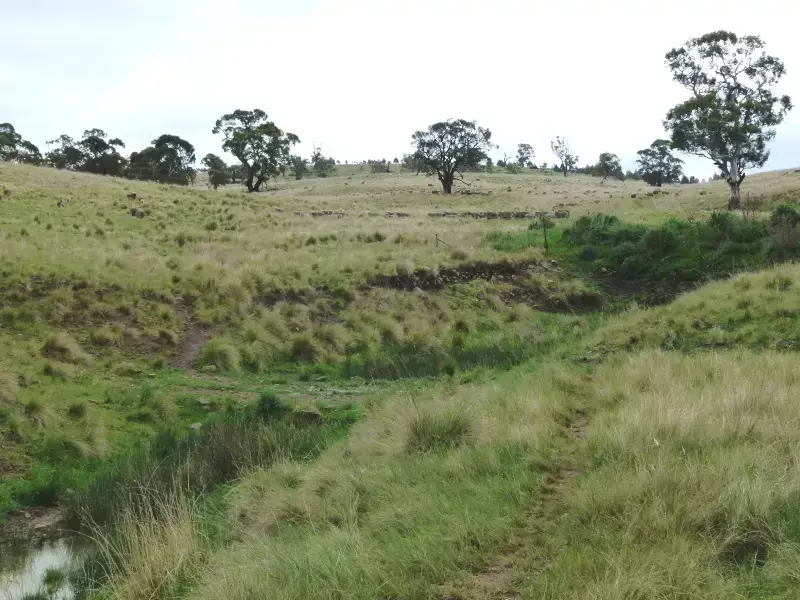
Learning about the principles of Natural Sequence Farming, the Maslins identified an opportunity to make the most of the rainfall they received. They found that through this technique the health of watercourses could be significantly restored by slowing the rate of water flow, especially after rain, by a series of physical interventions in the landscape. These would enable the capture of sediment to help repair eroded watercourses, also holding nutrients to improve soil health and feed plant roots. As a result, water would be captured in the soil for longer, better supporting vegetation regeneration and continued pasture growth. This process would also aid in reconnecting streams to natural floodplains and wetlands, reforming the chain of ponds that used to dominate the landscape.
The Maslins also learnt about stock rotation from others in the region and through attending grazing courses, such as Grazing for Profit. The cell grazing method they chose to adopt is based on the observations and trials of Allan Savory and Terry McCosker. This technique involves dividing the land in some cases into an increased number of smaller paddocks which then are intensively grazed for short periods followed by sufficient recovery periods to allow pasture to regenerate.
Applying the principles required a detailed understanding of pasture management, particularly the ability to accurately assess pasture growth, recovery rates and their differences site by site across the property.
After around six months of deliberation on changing their management methods, the Maslins initially decided to trial the new practices on 20% of their property. However, taking the opportunity to capitalise on an above average rainfall event, they ended up following their instincts that the technique would work, and instead committed to implement across 100% of the property.
Changes to infrastructure were made incrementally, to allow for the learning process. An extensive capital outlay was needed in water reticulation as the water cycle slowed down and dams could not be relied upon. Additional expenditure was required for fencing and other necessary structural changes. Whilst these new capital costs were significant, they did not restrict implementation of the new methods.
Overall, the new business plan for Gunningrah comprised specific aims for managing the land to support production outcomes, focusing on water management and cell grazing methods to improve stock and soil health, vegetation, pasture, and weed control. Indicators were developed to monitor progress in these areas. “Measuring and documenting the important variables was essential to our change process,” says Charlie, “we regularly took photos from strategic points so that changes could be monitored and evaluated”. Though substantial records were kept, Charlie indicates that he would capture even more data and keep better track of changes if he were to undertake the change process again.
BETTER USE OF THE RAIN, WHERE IT FALLS
Annual rainfall on Gunningrah averages 550mm and has varied from 250mm to 1000mm over the past 100 years. The main source of water inflow to the property is the Cambalong Creek, which rises around 15km to the north. It flows though the property for 16km, and then 10km downstream flows into the Bombala, Delegate and Snowy Rivers. Three smaller streams also flow into the farm.
In the past, three of the four streams were permanent, however, over the last two decades all have been intermittent at various times.
Ninety per cent of runoff from Gunningrah land flows down the Cambalong Creek, the remaining 10% flows to the west to the Maclaughlin River.
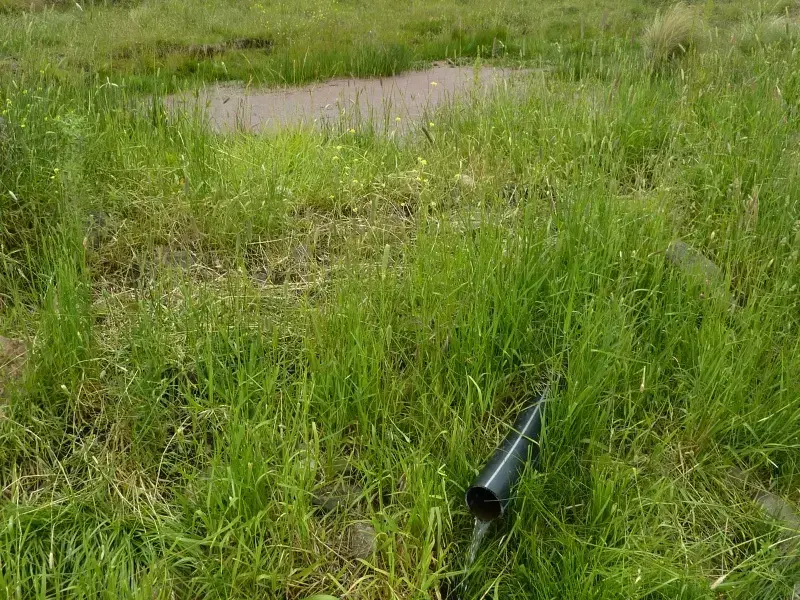
Prior to the introduction of grazing to the region, the valley floors were resilient, with substantial wetlands along the main creeks and streams. Charlie indicates points across the landscape, “There is clear evidence of many earlier chains of ponds, on convex valley floors – the result of silt build up where water would slowly flow through the landscape. However, due to many years of traditional grazing methods and stock damage along water courses, the streams became incised and the surrounding land, which was once wet, became dry”. Dams and existing water courses were long relied on for watering stock, which had continual access.
To reduce dependency on rainfall for profit, the Maslins adopted three main approaches to more effectively use rainfall and manage water flowing through the landscape. These incorporated the construction of leaky weirs, changing from set stocking to cell grazing and fencing off the most degraded stream corridors.
Charlie explains, “Leaky weirs serve to slow down runoff through water courses, converting intermittent torrents into constant gently flowing streams. Trapped by the weirs, sediment is deposited, reducing erosion and consequently downstream water quality is improved”.
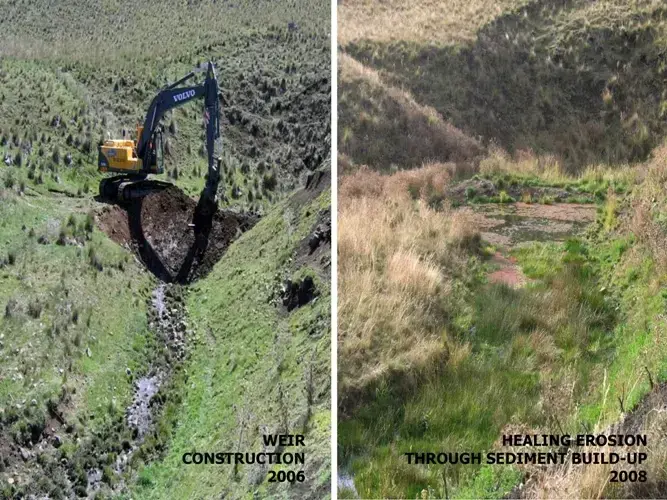
Since the mid 1990s, the Maslins have constructed over 30 weirs across Gunningrah streambeds and gullies. Charlie points out, “The weirs vary in size and have been constructed with excavators, tractors, and in some instances by hand with whatever resources were available, such as old fencing materials”. The construction of two major weirs in the late 1990s cost $2500, however, since that time only $200-$400 has been spent per weir on most of the remaining structures. The Southern Rivers Catchment Management Authority (CMA) has viewed the water management practices applied.
With the introduction of rotational cell grazing and by fencing off selected riparian areas, water courses are now only exposed to animal activity for short periods of time, or not at all. This protects banks from damage and further allows sediment build up. Vegetation has been given time to rest and a chance to germinate in the riparian areas. As a result there have been vast changes to bank stability, also providing much greater ability to handle high flood flows.
Application of these approaches has had significant impacts on riparian areas. Whilst in some areas it has taken 10 to 15 years for water courses to heal, other areas showed dramatic improvement in just two years. Charlie notes, “There is abundant evidence of silt deposition in streams with weirs. An estimated 50 tonnes collected in one weir in the first three years after it was built, significantly filling eroded areas. Downstream, a neighbour was puzzled to see a ‘clear flood’ after rainfall, as opposed to the usual silty runoff”. This was a result of the sediment remaining trapped in the weirs, rather than flowing off the landscape.
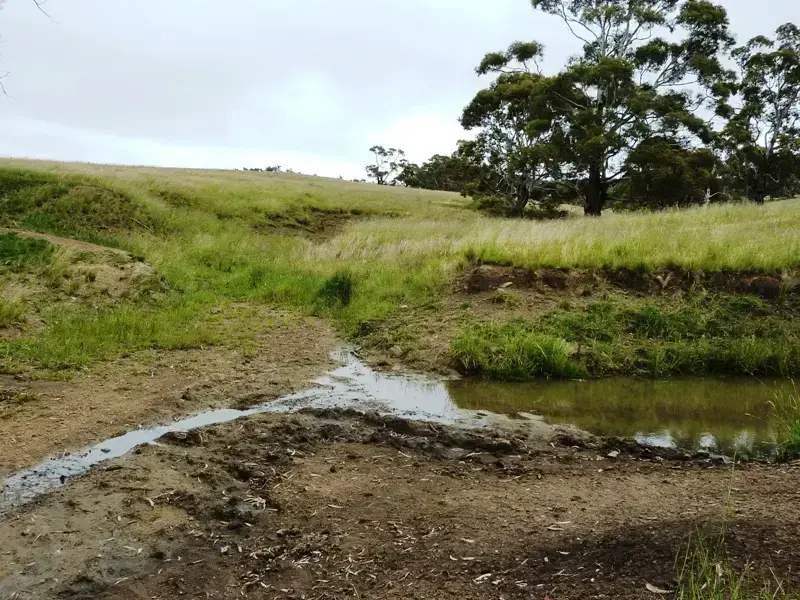
“In one small stream, a one-off flood filled weirs, and the usual one to two day flow lasted six weeks at 10,000 litres a day. Another larger stream flowed for 12 weeks. This slowing of the water is now a consistent feature on the property.” Charlie now has greater access to water for longer, retains more of his soil on his property and his neighbours enjoy the benefits of quality water runoff from Gunningrah.
Vegetation coverage has also improved as a result of the increased water in the landscape, as well as through the cell grazing methods. Growing periods have extended as the water is now held in the pasture for longer, rather than running off straight into the dams, which are no longer a reliable storage for rainfall capture.
Establishment of cell grazing and reduced dam water did also necessitate other changes to water management, with water provision one of the main logistical issues with having mobs of stock in multiple paddocks. The Maslins constructed additional water points in paddocks without other water courses. All troughs are gravity-fed, so no fuel is required for pumping. Charlie points out, “While costly, establishing the troughing system is ultimately much more water efficient than dams. There is now less evaporation, wastage, land damage, and the stock have access to cleaner water”.
GRAZING ON GUNNINGRAH
Focusing on the land rather than animals does not reduce the importance of the stock on Gunningrah. Instead, the health of the land and the natural resource base is better understood as the source of profit rather than the animals. The animals still have a very important role to play in maintaining the health of the land.
“We believed that grazing could be profitable and sustainable by shifting the focus from maintaining a set level of stocking to varying the stocking level according to the productive potential of the pasture.”
Charlie recalls previous management methods, “Gunningrah was traditionally set stocked with around 75% sheep and 25% cattle. Creeks and dams provided watering points and feed was trucked in during lean years. Rainfall may have varied by 60%, yet stocking by only 30%”.
The rotational grazing program was identified as a tool to deliver a number of benefits to Gunningrah. Using this method would help to increase ground cover levels, from a then base of around 70%, ensuring a continual feed supply. This would also help to generate healthy soils by increasing the organic component of the soil and subsequently enhance rainfall infiltration to maintain water in the landscape.
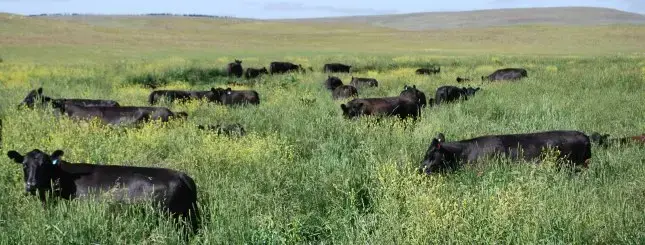
The program would also improve the composition of the pastures from a quite high annual species base, to a predominantly perennial base and reduce weeds. As a result, animal health would improve through more diverse species to graze and the pasture worm burden would be reduced through the spelling of pastures. Additionally, labour efficiencies would be gained through less manual inputs to production operations.
Charlie describes their method, “We chose to match our stock numbers with the carrying capacity of the land, using a formula to determine a stocking bandwidth within which we try to operate”.
The formula involves calibrating the relationship between available feed and stock numbers. Rainfall and stock numbers are measured monthly to evaluate stock pressure. Computer software is used to continually monitor the carrying capacity of the property and adjust stocking rates of a mix of sheep, cattle and goats to ensure profitability. The Maslins use a formula of DSE* days per hectare per 100mm of rain to determine the carry capacity of their land.
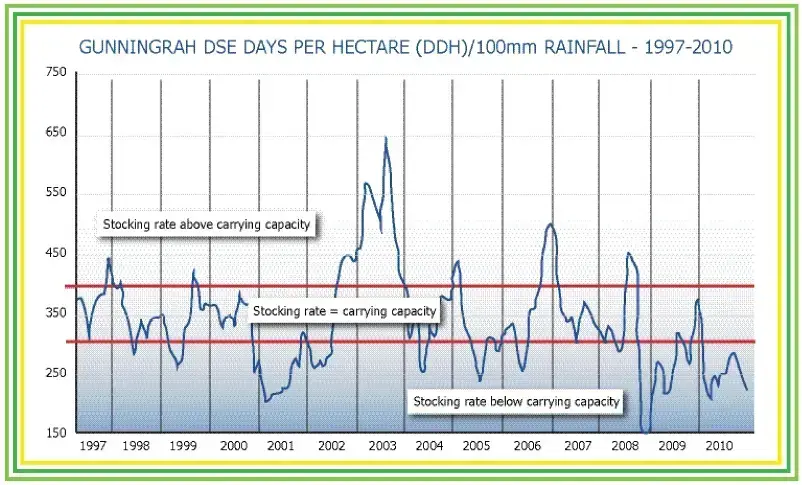
To implement the rotational grazing system, stock were combined into larger herds. This presented a logistical challenge and used all the available infrastructure at the time. Charlie notes, “Refinements were made to overcome problems as they arose, as we continue to do today”. Paddocks of approximately 100 hectares were established. Each paddock is intensively grazed for five to seven days, with approximately 10% of land stocked and 90% rested at any one time. In winter this is varied to accommodate requirements with available pasture, with approximately 40% of land stocked and 60% rested.
Charlie speaks positively of the greater flexibility they have experienced in terms of managing their land and animal requirements as a result of adopting rotational cell grazing. This includes the ability to:
- ‘finish’ stock better, for example, by fattening lambs on best paddock prior to sale;
- prioritise stock for best feed, such as for breeding ewes at joining or twin bearers at lambing;
- adjust rotation times to account for season growth or animal requirements, such as lambing;
- skip paddock rotation for recovery or if different terrain has inherently different recovery rates;
- target certain paddocks to reduce risk of fire or provide greater recovery time; and
- achieve early identification of when feed is getting low and allow selective reduction of stock numbers.
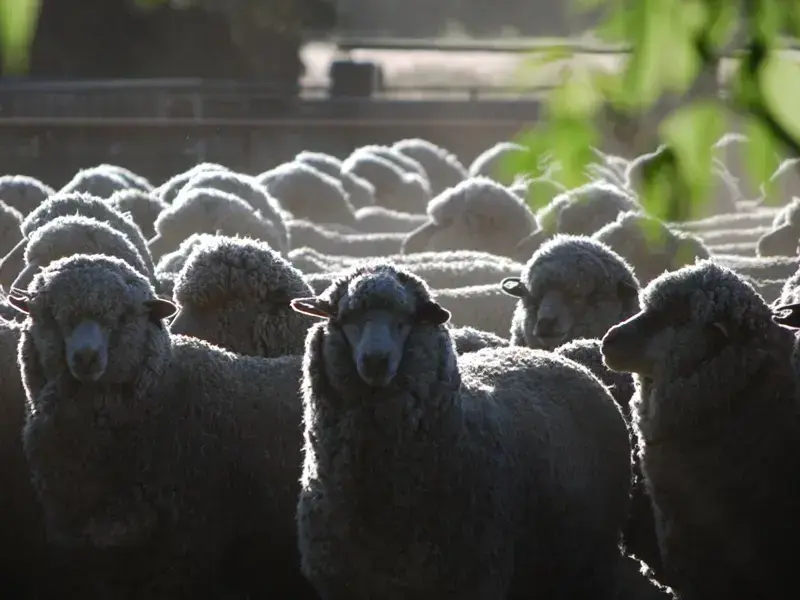
Stock management is much more informed when numbers are tied to carrying capacity. The Maslins are now better able to manage their stock rates according to the seasons and the resources available in poor or abundant years. Charlie points out, “Stock rotation provides an early warning system of land recovery. If the pasture in the first paddocks is not fully recovered after a rotation cycle has been completed, an informed decision can be made on stocking rates. With set stocking, it was only when stock condition started to deteriorate that pasture problems were identified” .
Other benefits the Maslins have experienced include improvements in stock health. “The worm burden has been substantially reduced by the continual stock movement. Animals are now only drenched once or twice annually, as opposed to four times a year previously. Twin lambing pregnancies are 20% higher than two decades ago and stock classing is more consistent.”
In terms of inputs, larger mobs enable more efficient management. Movement, drenching and stock checks now require less human input. Stock are becoming easier to handle with more even temperaments due to greater human exposure.
IMPROVED NATURAL RESOURCE BASE
Grass diversity, particularly native species, increased quite quickly after establishment of cell grazing.
Vegetation improvement was an inherent outcome of the Maslin’s new water and stock management programs. This directly addressed Charlie’s initial concern at the results of the Meat and Livestock Australia assessment of ground cover.
Providing all plants with adequate rest to grow well, establish deep roots, to keep in a vegetative state, and to be able seed, is the essence of the stock rotation theory.
As a result of the new practices, the ground cover improved from 70% to around 85% in the first five years. In 2011 some areas had close to 100% ground cover. Native pastures have increased substantially.
Charlie says, “Our aim is to maintain 90% ground cover 90% of the time with as much plant diversity as possible. 100% would be the ideal but with the vagaries of climate this goal is unattainable for the long term, so we are content with the average 85-90% coverage that tends to be the plateau”.
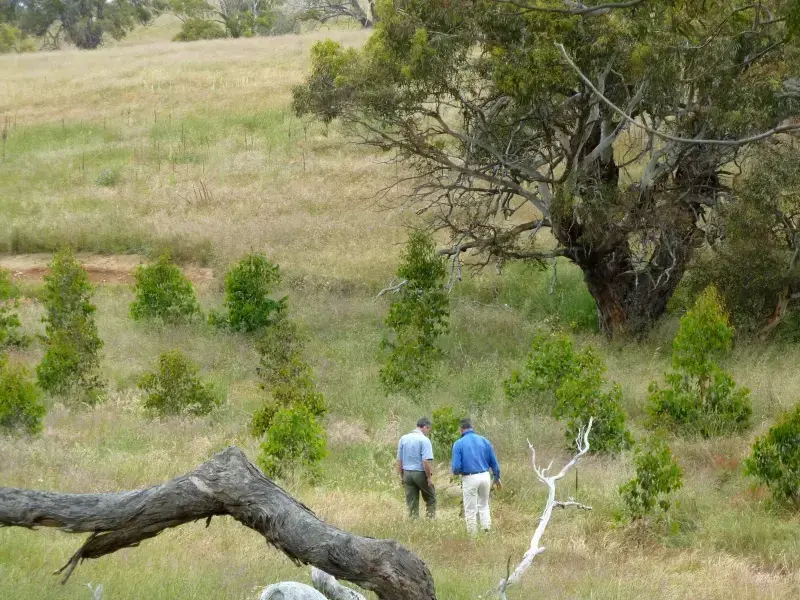
The changes to grazing practices at Gunningrah have also benefited the soil in a number of ways. Most importantly, managing stocking to ensure close to complete vegetation cover at all times prevents or minimises erosion by wind and runoff. At the same time, vegetation cover ensures that rainfall infiltrates, and coupled with the leaky weirs, the water cycle has slowed, minimising runoff and reducing or halting sheet and gully erosion. The increased plant biomass also leads to increased soil organic content, which improves water holding ability and nutrient cycling. Reducing chemical use has also enhanced the soil health.
The grazing changes and increased ground cover have also assisted in reducing weed invasion.
Gunningrah previously suffered from a range of dominant invasive weeds, including serrated tussock (Nassella trichotoma), scotch (Onopordum acanthium) and nodding thistle (Carduus nutans), horehound (Marrubium vulgare), Bathurst burr (Xanthium spinosum), sweet briar (Rosa rubiginosa), and saffron (Carthamus lanatus), black (Cirsium vulgare) and variegated (Silybum marianum) thistles. Fireweed (Senecio madagascariensis), love grass (Eragrostis curvula) and Chilean needle grass (Nassella neesiana) were seen as having the potential to be problematic in the future.
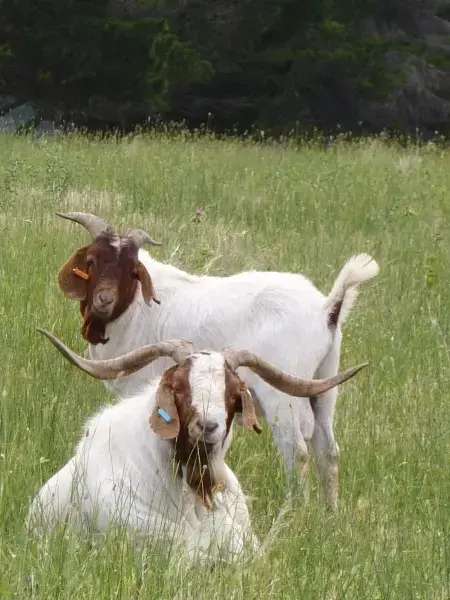
However, with the increased ground cover and competition, weed problems have declined. This was especially observed with serrated tussock. Attending a field day to see the use of goats for weed control also provided insight to the Maslins, “We saw goats as an opportunity to reduce labour and the use of chemicals on the property.” Understanding the different grazing preference of goats for weeds such as briars and thistles rather than pasture highlighted the possibility of a complementary enterprise which now comprises approximately 10% of stock. The Maslins happily report, “Goats are strategically grazed to address specific weed problem areas and have now almost completely suppressed the briars and have had a strong impact on thistles, to the point that spraying is rarely required”. By selecting a mixed breed to maximise meat production as well as weed control, extra income has also been achieved through the sale of kids.
The Maslins have undertaken broad tree planting activities, supported by Landcare. Paddock trees have also been replaced and replanted in main watercourse area with fast-growing species found to thrive in the region as advised by a neighbouring tree nursery, not just with local species of eucalypt.
INNOVATION SUCCESSES
Get together with like-minded people to discuss plans, problem solve and dream – broaden the range of achievable outcomes.
The Maslins have found that grazing can be profitable and sustainable if pastures are maintained by matching stocking rates to carrying capacity.
Charlie describes the success of their innovations, “Gunningrah is only a moderate/conservative producer, so not necessarily comparative to high performers, however there is strong evidence of consistent profit increase with stock rotation methods despite lower rainfall”.
“Net farm income has been graphed against rainfall received for the period four years before we changed the grazing and then for 14 years since. While it is a crude measure, and there are a multitude of variables which affect the result, there appears to be an upward trend in profit, and a reduction in variability. There is one year which goes badly against this trend, when we kept cattle away on agistment for too long, but hopefully we learnt something.”
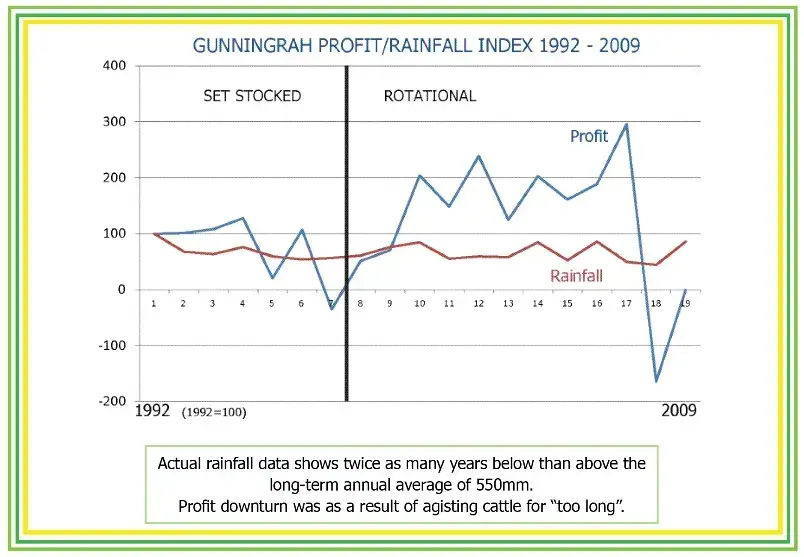
“Human inputs have been greatly reduced, and labour efficiency has improved around 40 per cent since mobs have been put together. Larger mobs are easier to move, muster in and assess for fly strike or other activities. As labour comprises approximately 50 per cent of operating costs, these efficiencies are delivering substantial financial results.”
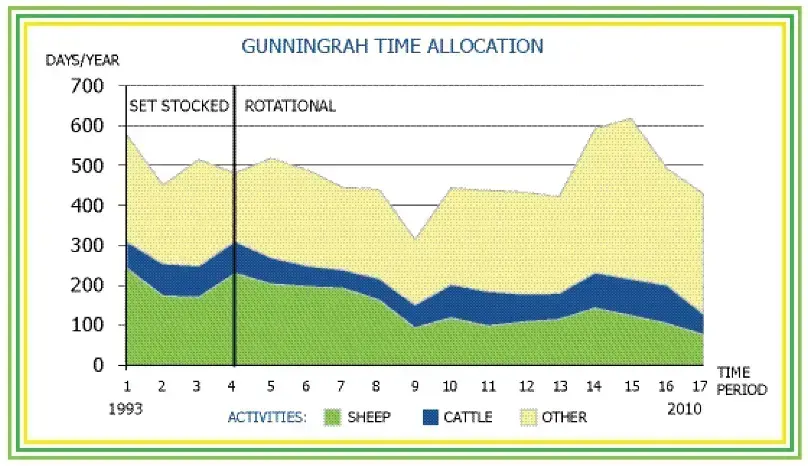
The land has been the ultimate winner with the changed methods on Gunningrah. Changes to water management and grazing practices made by the Maslins ultimately complemented the other, further enhancing outcomes in relation to water use efficiency, soil health and vegetation cover. Improvements to soil and water quality strongly support increased biodiversity. In addition to increases in pasture and birdlife diversity, platypus are regularly observed in the Cambalong Creek running through Gunningrah.
As an added bonus resulting from the changes they have adopted, the Maslins have also found that more time has now been freed to do other activities they enjoy; the extra family time in particular has been greatly appreciated.
Furthering their focus on the land they continue to seek learning opportunities to improve their production management. These have included Landcare group activities and projects on issues such as erosion control, shelter belts and connective corridors; holding and attending field days covering topics such as water and streams (run by Peter Andrews and the CMA) and grazing techniques (run by the CMA and small groups of interested farmers).
Charlie and Anne also dedicate some of this spare time to acting as a change agent in the community to support better land management practices. Charlie notes, “Farmers using different management tools are generally keen to share their experiences. Don’t be afraid to ring up and ask. There are many simple ways to conduct a trial on how you would like to change things with grazing or with water, which don’t involve much risk or cost, to reassure your thought process.”
And overall, he advises, “Get together with like-minded people to discuss plans, problem solve and dream – broaden the range of achievable outcomes.”



